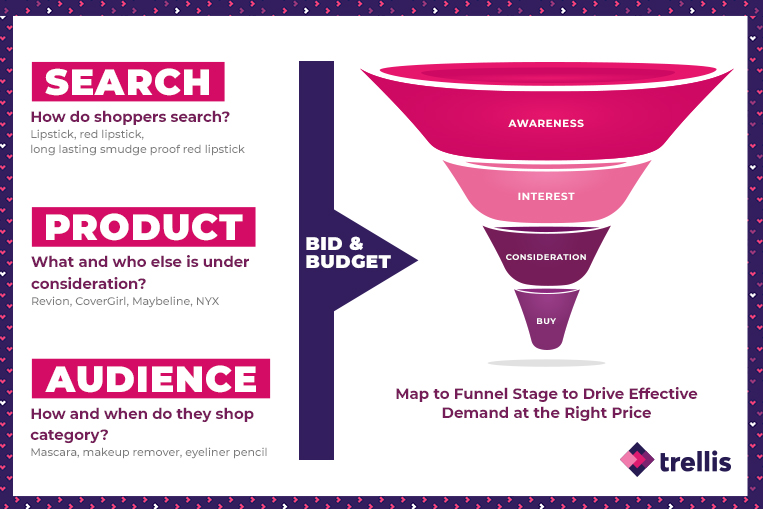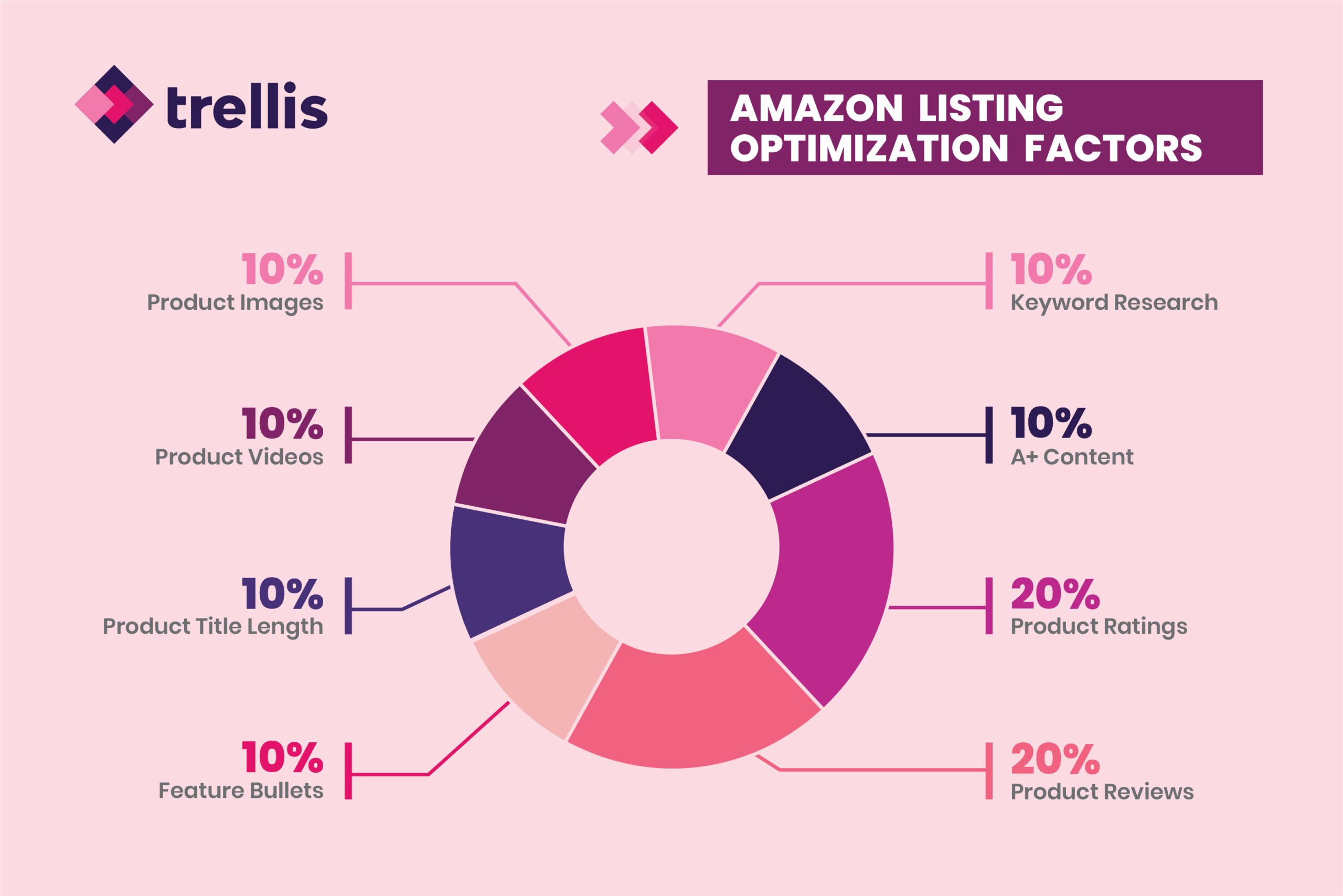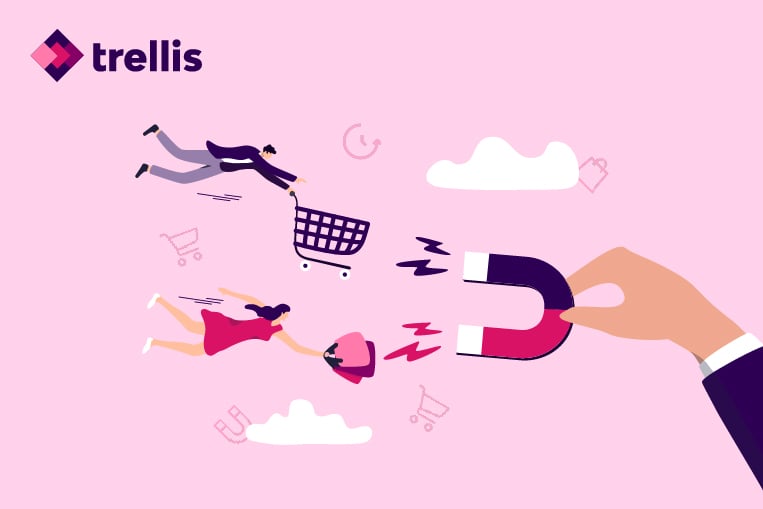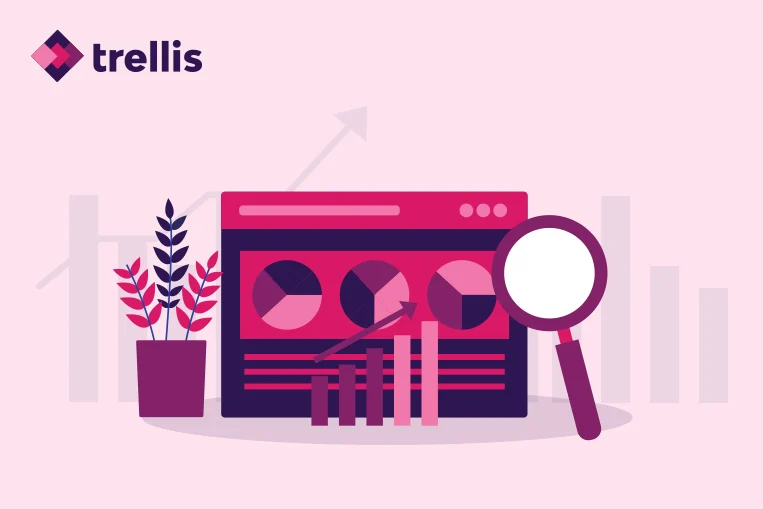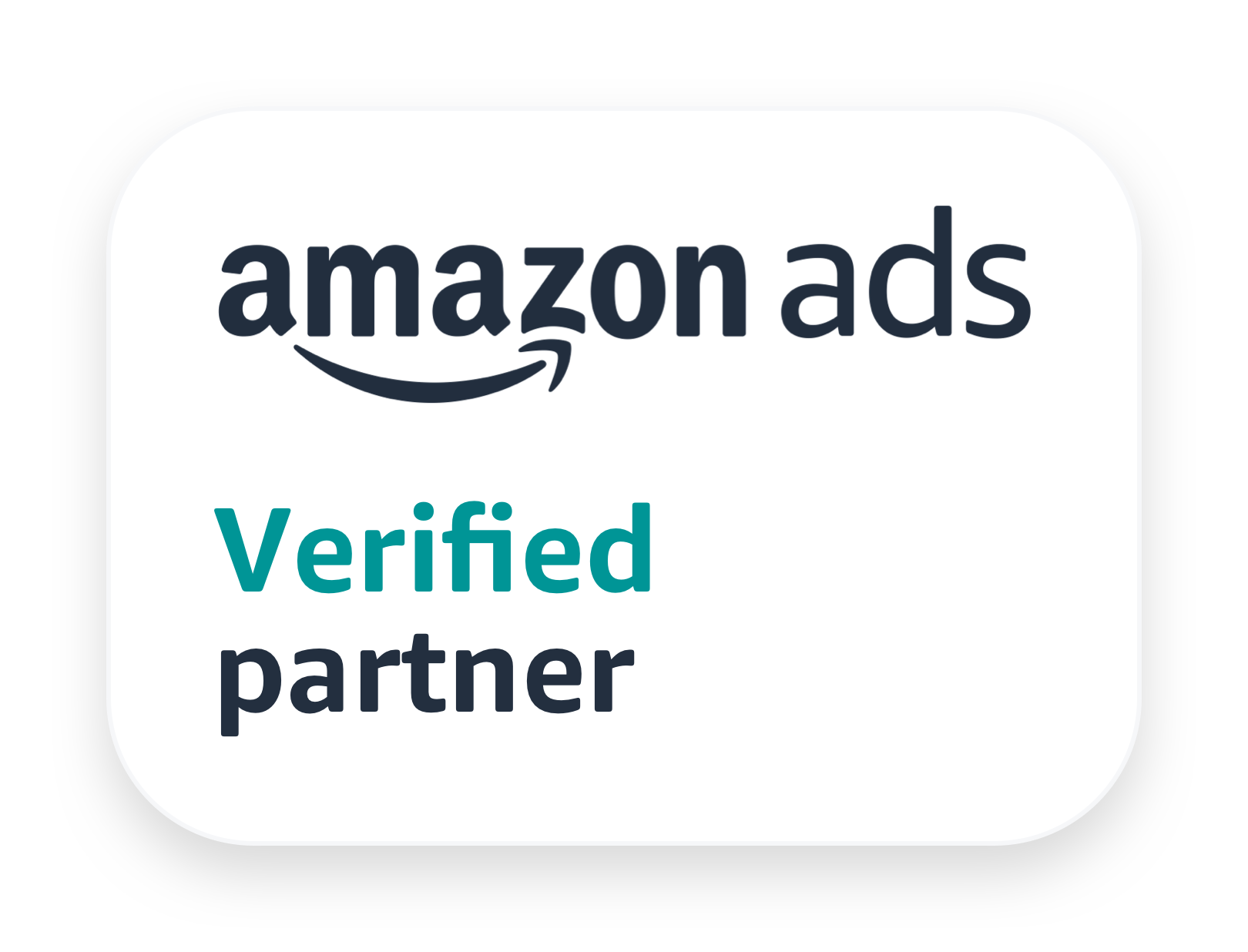Did you know that 70% of buyers shop from page 1 of Amazon while 64% shop the first three products? Full-funnel marketing on Amazon is a strategy that takes a step beyond ROAS optimization and enables demand generation by adopting a holistic view of advertising performance.
Shoppers on Amazon go through a purchase journey driven by their search behaviors, how ready they are to purchase, and how they shop the category. Intercepting shoppers as they go through this journey and building awareness and consideration for your products are crucial to growing your market share and brand on Amazon.
What is Full-Funnel Marketing?
Full-funnel marketing is the act of effectively targeting shoppers as they search, browse categories, explore competitors, and engage in a recurring purchase. Data-driven and introspective full-funnel marketing moves beyond the traditional approach of increasing efforts to engage shoppers at each stage of the funnel.
It focuses on increasing the relevance of your business to customers, enhancing the efficiency of your marketing budget, and understanding the interconnectedness of each stage in the funnel to drive effective demand at the right price.
Why Should I Use Full-Funnel Marketing on Amazon?
Amazon’s advertising unit has witnessed exponential growth in recent years. In 2020, Amazon’s ads business accounted for $21.5 billion of its revenue from $9.3 billion in the previous year. In Q2 2021, the advertising unit of Amazon recorded an 87% growth in revenue year over year.
With the constant evolution of Amazon advertising, eCommerce businesses today are competing in a landscape where they cannot afford to invest 32% of their ad spend on ineffective strategies.
Full-funnel marketing on Amazon is an effective strategy to:
- Generate demand for your products
- Reduce the time required to launch products profitably on Amazon
- Engage repeat customers
What are Some of the Considerations in Building a Full-Funnel Marketing Strategy on Amazon?
Let us walk you through the process of building a full-funnel marketing strategy on Amazon and some of the considerations that go into creating such a strategy. The three things to consider and understand when building a full-funnel marketing strategy on Amazon are:
- Mapping search to shopper purchase journey
- Category shopping and browsing
- Repeat purchase behaviors
Mapping Search to Shopper Purchase Journey
Search continues to be the dominant way shoppers buy on Amazon. There are many sources of information that you can use to infer, predict, or gain insights into what search terms are important to the advertised product. These sources include:
- Product content and research
- Competitive products content
- Historical search data
- Using Amazon auto campaigns
When building product titles, feature bullets, descriptions, and A+ content you put in a lot of work into understanding how to communicate with your customer and how they think about your product. This along with insights on the competitors in your space and how they describe and communicate with the shoppers form a strong basis to generate an initial list of keywords. You can augment this initial list by using keywords from search terms collected through historical or current sponsored products auto campaigns.
Once you have the list of keywords, you need to map these keywords to different stages of the shopper funnel and understand the buying affinity for any given keyword. Different stages of the funnel convert at different rates, and your bids and spend levels at each stage of the funnel should depend on your advertising goals, such as demand generation or product launch.
For example, if you are launching a new product on Amazon, you may want to consider spending more on the awareness stage of the funnel to make the shoppers aware of your product.
Category Shopping and Validation
Amazon’s secret to success is that it provides shoppers with choices in terms of:
- Selection of products
- Price range
- Social proof and validation
Shoppers are always looking for good quality products that they can buy at the best price possible. They are also looking for validation of their future purchase through social proof such as reviews and ratings.
Intercepting undecided shoppers while they browse for products and form opinions on what is important is critical to participate in their purchase journey. This type of shopper targeting is best achieved by targeting competitors whose products are potentially in the consideration set for your shopper. This could be for any of the reasons outlined below:
- Similar product pricing
- Your product offers the same benefits as a more expensive product
- Your product has similar or better social validation as other products in the consideration set (think better or similar reviews and ratings)
You can convince some shoppers to add your product to the consideration pool and get some of them to buy your product. Just like the search funnel, the conversion rates vary when you are trying to intercept the shopper as they browse the category and competitive products. Mapping the categories and products you target to the stages of the funnel will help you choose the right bid and budget to allocate.
Repeat Purchase Behaviors
Some product categories like FMCG (think shampoo) lend themselves to repeat shopping behaviors. It is important to make sure here that you don’t lose your customer to a competitor. At the same time, try to allocate some budget towards gaining consideration from shoppers who may be more inclined towards competitor’s products.
This targeting forms an important part of full-funnel marketing as it tries to bring your brand into the shopper’s awareness and consideration set. The results of this part of targeting tend to be longer-term in some categories than others. It is important to understand the effectiveness of this targeting in your category and allocate an appropriate budget towards it.
What Ad Types Can I Use to Target the Right Customers Through Full-Funnel Marketing on Amazon?
Amazon offers a wide range of advertising types to implement effective full-funnel marketing and advertising strategy. These ad types include:
- Sponsored products manual targeting
- Sponsored products auto-targeting
- Sponsored brands
- Sponsored brands video
- Sponsored display
Based on your budget and advertising goals, you can use one or more of these ad types to implement effective full-funnel marketing and advertising strategy.
As discussed earlier, sponsored products auto campaigns harvest additional search terms and understand the kind of queries that shoppers are generating. Don’t forget to map these search terms to the appropriate stages of the shopper funnel and bid appropriately based on the buying propensity.
We will now talk about implementing some of the targeting discussed above using different advertising options available on Amazon.
Search
Sponsored products, sponsored brands, and sponsored brands video ads intercept shoppers while they are going through the purchase journey using search. Once you have mapped the keywords to the appropriate stages of the funnel, you can use different ad types to achieve the desired results.
Understanding the buying behaviors and conversions at different stages of the funnel along with your objective (demand generation, product launch, etc.) allows you to allocate the appropriate budgets and set the right bids.
The table below shows the ad types you can use to intercept shoppers during their Amazon search in line with the concept of full-funnel targeting.
- Awareness: Sponsored Brands and Sponsored Products
- Consideration: Sponsored Products, Sponsored Brands, and Sponsored Brands Video
- Purchase: Sponsored Products and Sponsored Brands Video
Category Shopping and Browsing
Sponsored products ads with ASIN targets are best suited to intercept shoppers as they are browsing the category and building a set of products that are going to be a part of their consideration set.
This can be further augmented by sponsored display ads targeting both the categories of interest and competitive products to persuade the shoppers to consider your products.
Audience & Adjacent Categories
You can use Sponsored display ads to target audiences interested in considering your product because they may have considered or are in the market for a similar product. You can also use this ad type to target repeat shoppers or a shopper who is likely to need your product given their recent or past purchase in an adjacent category.
Some of these ad types (sponsored brands and sponsored display) require trademarks and an Amazon registered brand.
Closing Thoughts on Full-Funnel Marketing on Amazon
Engaging in careful consideration of your advertising goals supported by full-funnel targeting strategies is an essential piece of the Amazon advertising puzzle. It is critical for eCommerce marketers to introduce a full-funnel marketing approach for their brands because performance-marketing returns have started to plateau. The influx of Amazon advertising automation tools solely focused on ROAS optimization has made it difficult for brands to obtain a substantial competitive advantage.
With a dramatic shift in customer behavior in the pandemic and post-pandemic eras, eCommerce marketers need insights to make advertising decisions throughout the funnel. This is important for building long-term brand awareness and generating demand. Full-funnel marketing represents a change in the strategic direction from standard ROAS optimization to lend brands a superior competitive advantage in an ever-changing eCommerce advertising landscape.
